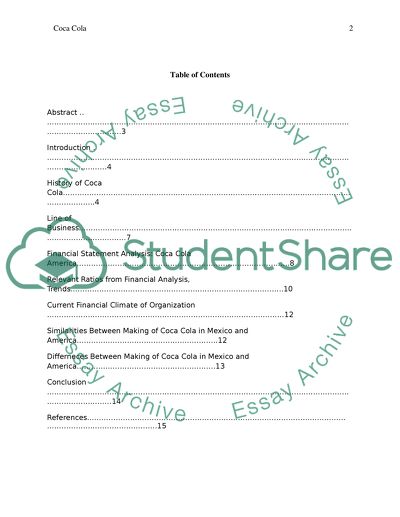Cite this document
(“Coca-Cola Company Research Paper Example | Topics and Well Written Essays - 2750 words”, n.d.)
Retrieved from https://studentshare.org/marketing/1395467-coca-cola-company
Retrieved from https://studentshare.org/marketing/1395467-coca-cola-company
(Coca-Cola Company Research Paper Example | Topics and Well Written Essays - 2750 Words)
https://studentshare.org/marketing/1395467-coca-cola-company.
https://studentshare.org/marketing/1395467-coca-cola-company.
“Coca-Cola Company Research Paper Example | Topics and Well Written Essays - 2750 Words”, n.d. https://studentshare.org/marketing/1395467-coca-cola-company.


